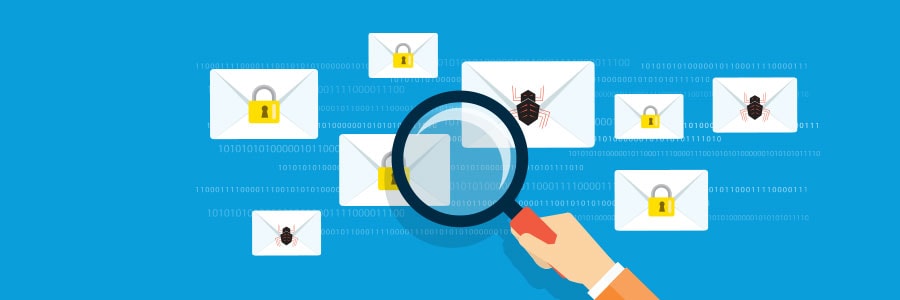The average person goes through anywhere between one and a dozen assorted emails per day, but have you ever experienced receiving a few thousand emails in a span of a few hours? If so, you may be experiencing a distributed spam distraction (DSD) attack.
What are distributed spam distraction attacks?
The threat of distributed spam distraction

You wouldn’t think that cybercriminals would carry out their nefarious schemes in plain sight — except that they do and you’ve probably already fallen victim to them. Learn all about a scheme called distributed spam distraction (DSD) and how malicious actors are using it to steal valuable information from their victims.
How to stop VoIP theft of service

As the use of Voice over Internet Protocol (VoIP) phones becomes more widespread, so do the security threats that target VoIP, such as theft of service. This threat is the most common type being used by cybercriminals today. Let’s examine how it affects your VoIP network and the preventive measures to counter it.
Distributed spam distraction used for illegal activities

Usually, when victims find out their account has been hacked or hijacked, serious damage has already been done. But there’s a new illegal activity that cybercriminals are employing — and it’s done in plain sight. Distributed spam distraction involves sending thousands of spam email, and they do more than cause distractions.
What is theft of service in VoIP?
Don’t fall for distributed spam distraction

Users get around 200 emails in their inbox a day, including work messages, automated payment slips, and everyone’s least favorite email, spam. Spam messages are mostly harmless, but when you get more than 10,000 of them flooding your inbox, you’re probably the victim of a special type of spam attack.


